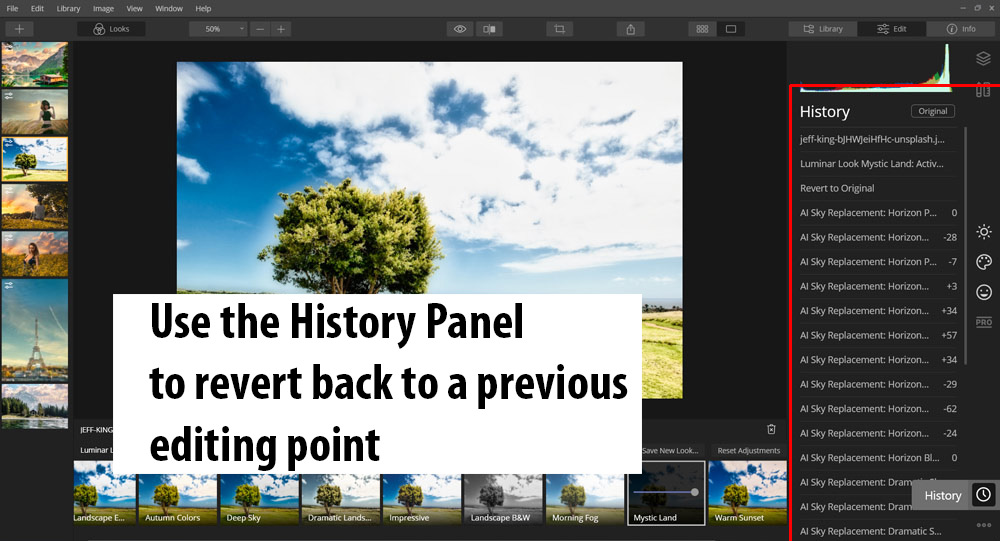

And there are several tools that only Luminar AI had, so longtime Luminar users switched.īut the more advanced users were often frustrated by a lack of pro features that Luminar used to have (like layers and advanced masking).

Photoshop needs to transfer data to the cloud while Luminar runs locally. Luminar’s AI-powered tools are much faster than those found in Photoshop. Its ability to use as a plugin is what really drove this. Was not designed as a replacement for Luminar 4īut a lot of folks who are professional and semiprofessional used it.Also useful to visual communicators looking for quality results with little effort.Entry-level photographers and amateurs in photo editing who love to start with templates.Moreover, it’s a compact and easy-to-navigate application that already packs the core tools that one needs for great results. The app can swiftly guide you to the best outcomes while still preserving editing flexibility. Luminar AI is the easiest-to-use image editor fully powered by artificial intelligence for those who prefer a timesaving Template-driven workflow for quick results. The application wanted you to work with templates … but did give you the ability to custom edit.
No migration of data, no layers, and a totally different way of working. So, who is Luminar AI for? When the company launched it, it was made clear that it was NOT an upgrade to Luminar 4. It also stands out for adding details with Structure AI and has the most robust set of color-grading tools on the market in a photo application. And you can do some great stuff for landscapes. It offers a bunch of unique creative filters.

No, but its complicated … Who is Luminar AI for?Īt Photofocus we’re big fans of Luminar AI. So the short answer to “Is Luminar AI dead?” It doesn’t mean it’s not still a great application, it just can get frustrating for some. leading many to find themselves with a product that appears “dead” to some or “end-of-life.” To clarify, the applications keep running just fine in most cases, for example Aurora HDR is still our go-to application for HDR, but hasn’t received any new features since 2019. But that rapid pace of innovation has often led to Skylum making quick pivots and changes in their product lineup.


 0 kommentar(er)
0 kommentar(er)
